You’re alone on a country road covered in fog with no phone and no gun. The piercing cry of something — not animal, not human — sounds in the distant darkness. A chill runs through your veins as your mind conjures up images of cursed forest-dwelling monsters that lust for fresh human flesh, circling, ready to pounce.
A well-lit street seems empty and innocuous until you see a pair of eyes peering at you from the inky maw of a storm sewer. Something that lives in the hidden maze beneath the city is watching, feeding, growing ever more hungry — something with teeth that will drag you down into the depths before the people packed into the surrounding apartments even wonder about the sound of your strangled scream.
The Old World has given us some of our most enduring spooks, specters, and supernatural creatures, but the New World has its own homegrown monsters that will chill you to the bone. Here are five of the most memorable domestic American monsters—all 100% made in the US.
The Beast of Bray Road: A Highway Terror
Type: Werewolf-Like Cheesehead
Origin: Elkhorn, Wisconsin – 1936
This wolfman-ish monster first appeared near the rural community of Elkhorn, Wisconsin, in Walworth County and is named for the farm road where it was first seen.
Witnesses describe the Beast of Bray Road as a fur-covered humanoid creature standing 6 or 7 feet tall that alternately walks on two or four legs and has a head like a bear or a wolf. In the 1980s, a bunch of people reported the beast attacking their cars on the road, leaving long scratches on the doors and trunks. In one story, a driver hits something on Bray Road, gets out to see what it is, and gets chased back into their car by a wolf-like creature with red eyes.
The area around Bray Road regularly sees mysterious livestock mutilations: animals partially eaten with specific organs removed. Some locals even say they’ve seen the creature during the day as it runs through cornfields.
In the 1990s, after about 20 years of reported sightings, the local Walworth County Week newspaper assigned reporter Linda Godfrey to track down the truth behind the story and the beast. Her investigation convinced her most of the reports were legitimate. She eventually published The Beast of Bray Road: Trailing Wisconsin’s Werewolf.
Sightings continue to this day.
Sewer Gators: An Urban Monster
Type: Straight-Up Alligators, Possibly Mutants, Possibly Albino
Origin: New York City – 1920s
This is a classic urban legend. A baby gator is kept as a pet in New York City until it gets too big, and mom flushes it down the toilet or dad ditches it in a storm drain. In the sewers, it lives and grows to enormous size, preying on the city’s huge sewer rats, homeless population, and the occasional public-works employee.
In some versions, at least two gators end up in the sewers and breed. In others, the gators are albinos from living in the darkness beneath the city.
The stories go back to the ‘20s and ‘30s, and there have been plenty of instances of gators, especially small ones, ending up in weird places throughout New York. Experts say a gator might survive in the city sewers for a while, but not for very long.
Temperatures get too low in the northeast in the winter, and a sewer is a dirty-ass place full of literal shit and disease. Appropriately, the grossness of the sewers was incorporated into the urban legend, especially in the ‘70s and ‘80s.
As the story morphed, the gators became huge, deformed mutants when exposed to the sewers’ hostile environment and possibly illegally dumped toxic waste. This was the gist of the good-in-an-awful-way 1980 horror movie Alligator that depicted the sewer gators as gigantic mutated American monsters prowling the city’s hidden depths.
California Char-Man: The OG Burning Man
Type: Unfairly Demonized Burn Victim / Ghost of Dead Firefighter
Origin: Ojai, California – 1948
This is a pure campfire story if there ever was one. There are two versions, one just as gruesome as the other, but both are set in 1948.
One story says a man and his son were horribly burned when their rural home caught fire. They both survived, but the father died before any help arrived and the boy went insane from his devastating injuries, pain, and grief. When rescue workers did arrive, they found the boy had skinned his father’s body and hung it from a tree. The mangled boy, of course, escaped into the woods around Ojai and became the Char-Man, a monster who attacks the occasional group of campers to take their skins to replace his own.
In another version, it’s a husband and wife who are trapped in the fire. The husband is badly burned but crawls out of the fire to hear his wife, still trapped inside, screaming “Help me!” over and over. Due to his injuries, he can’t do anything but listen to her scream as she dies. He goes mad and flees into the woods to become the Char-Man.
One of the more popular versions portrays the Char-Man as a spirit rather than a disfigured man, possibly that of a dead firefighter. The spirit, also appearing to be freshly burned with black flaking skin, appears near the concrete bridge spanning San Antonio Creek. It emerges from the woods and attacks motorists, especially those dumb enough to get out of their cars and call for him from the bridge.
There was a terrible found-footage movie made about Char-Man. Don’t watch it.
Jersey Devil: The Beast of the East
Type: Hooves, Tail, Wings, Horns, Claws, Fuhgeddaboudit
Origin: New Jersey Pine Barrens, 1735
This generally terrifying hodgepodge of a monster has been terrorizing South Jersey and the Philadelphia area since the early 1700s. Some say it’s the cursed child of a creepy Pinelands family. A more grounded and equally interesting explanation is that the legend was born from rumors started by Ben Franklin about the family of a man who published a competitor to his Farmer’s Almanac. That’s some deep colonial shit.
The creature supposedly roams the countryside, especially the 1 million acres comprising the New Jersey Pine Barrens, and is usually seen and heard at night. Reports describe a large biped with goat-like legs and hooves, the body of a man, the head of a horse or goat, large leathery bat wings, horns, small arms with clawed hands, and a long forked tail. And most importantly, the beast issues a high-pitched, horrifying wail. It lives in the dark wilds of the Pine Barrens where it amuses itself by scaring the shit out of hikers and broken-down motorists.
So the most popular story goes: Mother Leeds lived in the woods with her 12 kids. The family was struggling to get by when she became pregnant for an unlucky 13th time. She cursed the child in frustration and said it would be a devil. She went into labor on a stormy night in 1735, and the child was born as a normal baby boy, but to the horror of her family and friends, Mother Leeds’ 13th child promptly transformed into the aforementioned devil. As it grew before their eyes and howled, it whipped those present with its tail before flying up the chimney and into the annals of American folklore.
Sightings and encounters with the Jersey Devil are numerous. Joseph Bonaparte, Napoleon’s older brother, claimed to have seen the Jersey Devil on his estate in Bordentown around 1820. Sightings continued through the 1900s to the present day.
The most famous rash of sightings came during a week in January 1909 when several newspapers published hundreds of purported encounters with the Jersey Devil from all over the state. The creature did everything from attack a trolly car in Haddon Heights to invade a social club in Camden. Cops in Camden and from nearby Bristol, Pennsylvania, supposedly fired at the creature.
The press coverage even caused some schools to close and workers to stay home. The Philadelphia Zoo posted a $10,000 reward for the devil.
Even today, a whole lot of people in South Jersey have stories about how their uncle or grandma or weird cousin totally saw the Jersey Devil that one time, plain as day. No, they weren’t drinking. Okay, maybe they were drinking a little, but they definitely saw the Jersey Devil, man.
The Wendigo: Ancient American Monsters
Type: Greed and Insatiable Hunger Made Flesh
Origin: Great Plains, Great Lakes Region, Eastern Canada – Prehistory
There is no supernatural creature more thoroughly American than the wendigo. These mythological American monsters come from First Nations folklore rooted in the East Coast forests of present-day Canada, the Great Plains of the US, and the Great Lakes region.
It’s a manifestation of human greed, gluttony, and the desperate culinary acts sometimes committed during harsh winters.
In some tales, the wendigo is a malevolent spirit that possesses people and afflicts them with an insatiable hunger for human flesh that eventually drives them to murder and people-eating. In other legends, it’s a physical creature that may have once been human. It emits a foul stench and attacks and eats people it comes upon.
Either way, the wendigo is heavily associated with winter, starvation, and famine. It looks like an emaciated zombie, a living skeleton covered in pale flesh that’s always eating and also always starving.
Just to be extra creepy, the creatures can verbally threaten, taunt, or lure their victims with human-sounding voices. Some say wendigos were once people who were overtaken by greed and lust, or people who resorted to cannibalism out of starvation and were consequently cursed.
One of the better depictions of a Wendigo that’s actually pretty frightening comes from the hit show Supernatural, S1E2. Most modern depictions of a wendigo give it antlers or horns, but the original tales didn’t have that detail.
Interestingly, there is a dubious psychiatric condition dubbed Wendigo Psychosis, characterized by a desire to chew on people in the worst way. Does that make this American monster 100% real?
Read Next: Lesser-Known Bigfoot Legends in the US and Around the World

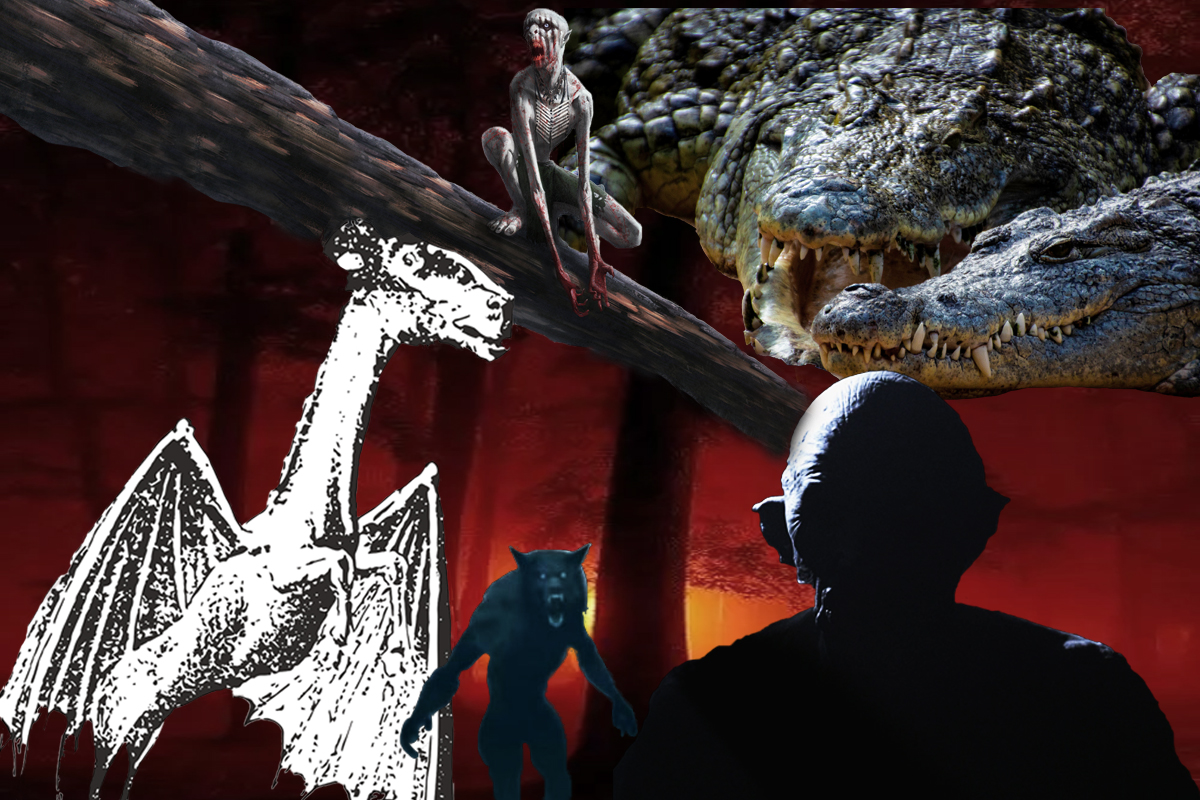
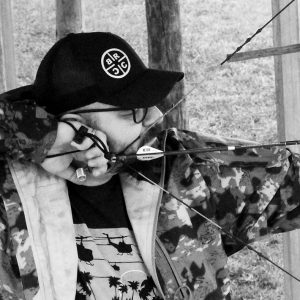
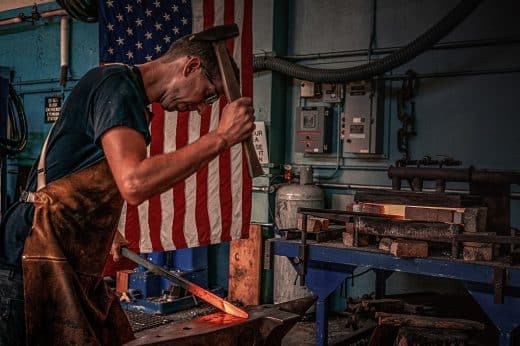
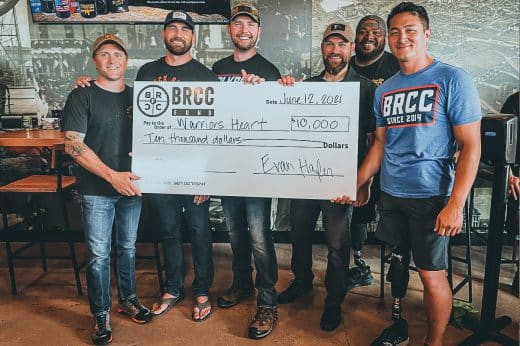
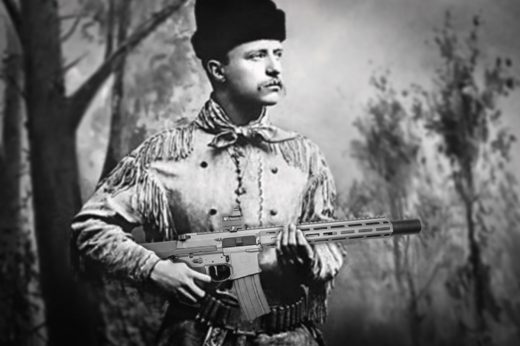


Comments